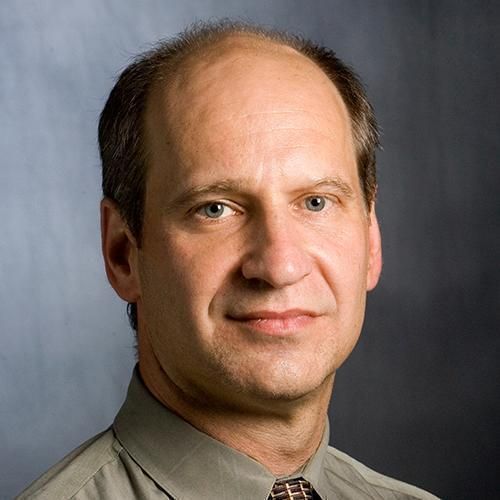Tension and combined tension-extension structural response and tolerance properties of the human male ligamentous cervical spine.
Tensile loading of the human cervical spine results from noncontact inertial loading of the head as well as mandibular and craniofacial impacts. Current vehicle safety standards include a neck injury criterion based on beam theory that uses a linear combination of the normalized upper cervical axial force and sagittal plane moment. This study examines this criterion by imposing combined axial tension and bending to postmortem human subject (PMHS) ligamentous cervical spines. Tests were conducted on 20 unembalmed PMHSs. Nondestructive whole cervical spine tensile tests with varying cranial end condition and anteroposterior loading location were used to generate response corridors for computational model development and validation. The cervical spines were sectioned into three functional spinal segments (Occiput-C2, C4-C5, and C6-C7) for measurement of tensile structural response and failure testing. The upper cervical spine (Occiput-C2) was found to be significantly less stiff, absorb less strain energy, and fail at higher loads than the lower cervical spine (C4-C5 and C6-C7). Increasing the moment arm of the applied tensile load resulted in larger head rotations, larger moments, and significantly higher tensile ultimate strengths in the upper cervical spine. The strength of the upper cervical spine when loaded through the head center of gravity (2417+/-215 N) was greater than when loaded over the occipital condyles (2032+/-250 N), which is not predicted by beam theory. Beam theory predicts that increased tensile loading eccentricity results in decreased axial failure loads. Analyses of the force-deflection histories suggest that ligament loading in the upper cervical spine depends on the amount of head rotation orientation, which may explain why the neck is stronger in combined tension and extension.
Duke Scholars
Published In
DOI
EISSN
ISSN
Publication Date
Volume
Issue
Start / End Page
Related Subject Headings
- Torque
- Tensile Strength
- Range of Motion, Articular
- Physical Stimulation
- Models, Biological
- Middle Aged
- Male
- Ligaments
- Humans
- Head Movements
Citation
Published In
DOI
EISSN
ISSN
Publication Date
Volume
Issue
Start / End Page
Related Subject Headings
- Torque
- Tensile Strength
- Range of Motion, Articular
- Physical Stimulation
- Models, Biological
- Middle Aged
- Male
- Ligaments
- Humans
- Head Movements


